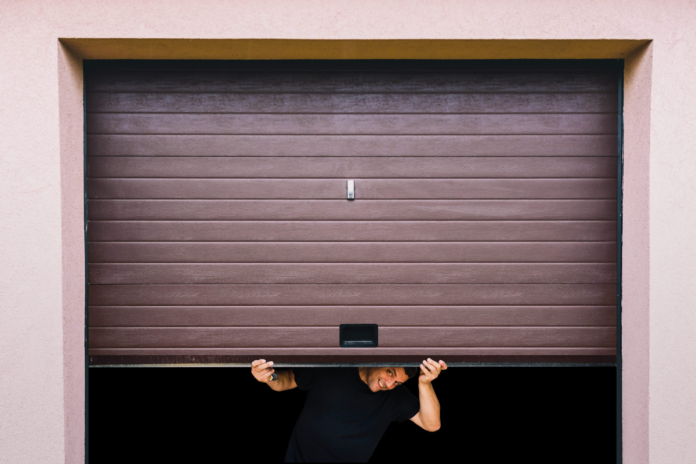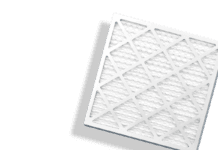Garage doors are a vital element of any home, providing security, convenience, and enhancing curb appeal. However, like any other part of your property, garage doors require regular care and maintenance to ensure they function smoothly and stand the test of time. In this comprehensive guide https://fixgaragedoors.ca/service-areas/garage-door-repair-in-etobicoke/, we will explore essential rules for caring for garage doors, covering everything from routine inspections to addressing common issues, and providing insights into preserving the longevity of this crucial home component.
Rule 1: Regular Visual Inspections
One of the foundational rules for caring for your garage door is conducting regular visual inspections. This involves visually examining the various components of your garage door to identify any signs of wear, damage, or misalignment. Pay attention to the following during your inspections:
- Tracks and Rollers: Check the tracks for dents or misalignment. Inspect the rollers for signs of wear and ensure they move smoothly along the tracks.
- Hinges and Hardware: Examine all hinges, bolts, nuts, and other hardware for tightness. Loose components can lead to operational issues and increased wear on the garage door opener.
- Weather Stripping: Inspect the weather stripping along the sides and bottom of the garage door. Replace any damaged or worn weather stripping to maintain an effective seal.
- Cables and Springs: Look for signs of fraying or damage in the cables. Inspect torsion and extension springs for wear. If you notice any issues, it’s advisable to seek professional assistance for repairs.
Rule 2: Lubrication
Proper lubrication is a crucial rule for maintaining a well-functioning garage door. Lubricate moving parts regularly to reduce friction and prevent premature wear. Here’s a list of components that benefit from lubrication:
- Rollers: Apply a silicone-based lubricant to the rollers, ensuring they move smoothly along the tracks.
- Hinges: Lubricate the hinges to promote smooth movement during the garage door’s operation.
- Springs: Apply lubricant to the torsion and extension springs. This helps reduce friction and extends the lifespan of these critical components.
- Tracks: Lubricate the tracks to prevent rusting and ensure the garage door moves effortlessly along its path.
Rule 3: Balance Testing
An imbalanced garage door can lead to various issues, including strain on the opener motor and uneven wear on the components. To maintain balance:
- Disconnect the Opener: Disengage the automatic opener by pulling the release cord.
- Manual Lifting: Lift the garage door manually to the halfway point.
- Stays in Place: If the door stays in place, it’s balanced. If not, there may be issues with the springs or other components that require attention.
Rule 4: Safety Sensor Alignment
Modern garage doors are equipped with safety sensors to prevent accidents. Ensure these sensors are properly aligned:
- Check Alignment: Inspect the sensors on either side of the garage door for proper alignment.
- Clean Sensors: Remove any dirt or debris that might obstruct the sensor’s view.
- Test the Safety Feature: Open and close the garage door to confirm that the safety sensors are functioning correctly.
Rule 5: Weather Considerations
Garage doors are exposed to various weather conditions, and different seasons bring unique challenges. Adjust your care routine based on weather considerations:
- Winter: Clear ice and snow from the garage door and surrounding areas. Be cautious of ice buildup on the tracks.
- Summer: Ensure proper ventilation to prevent the garage from becoming excessively hot. Lubricate moving parts more frequently in hotter weather.
- Rainy Seasons: Check for water leaks and ensure the garage door is properly sealed. Address any water-related issues promptly to prevent damage.
Rule 6: Avoid DIY Spring Repairs
Torsion springs are under high tension and are critical for the balanced operation of the garage door. Attempting DIY repairs on these springs can be dangerous. If you notice issues with the springs, such as fraying or damage, it’s essential to seek professional assistance for repairs or replacements.
Rule 7: Timely Repairs
Addressing issues promptly is a fundamental rule for caring for garage doors. If you notice any of the following signs, it’s crucial to schedule timely repairs:
- Unusual Noises: Grinding, squeaking, or clanking sounds during garage door operation can indicate underlying issues.
- Slow Movement: If the garage door opens or closes more slowly than usual, there may be problems with the motor or other components.
- Visible Damage: Inspect the garage door for visible signs of damage, such as dents, cracks, or warped sections.
Table: Seasonal Care Tips for Garage Doors
| Season | Care Tips |
| Winter | Clear ice and snow, check for ice on tracks. |
| Spring | Inspect for winter damage, lubricate moving parts. |
| Summer | Ensure proper ventilation, lubricate more frequently. |
| Fall | Clean gutters to prevent water damage, check weather stripping. |
Conclusion
Caring for your garage door is a responsibility that pays off in the form of smooth operation, increased lifespan, and minimized repair costs. By adhering to these essential rules, you can ensure that your garage door remains in optimal condition, providing security and convenience for years to come. Remember that preventive care is key, and addressing issues promptly can save you from more significant problems down the road.










